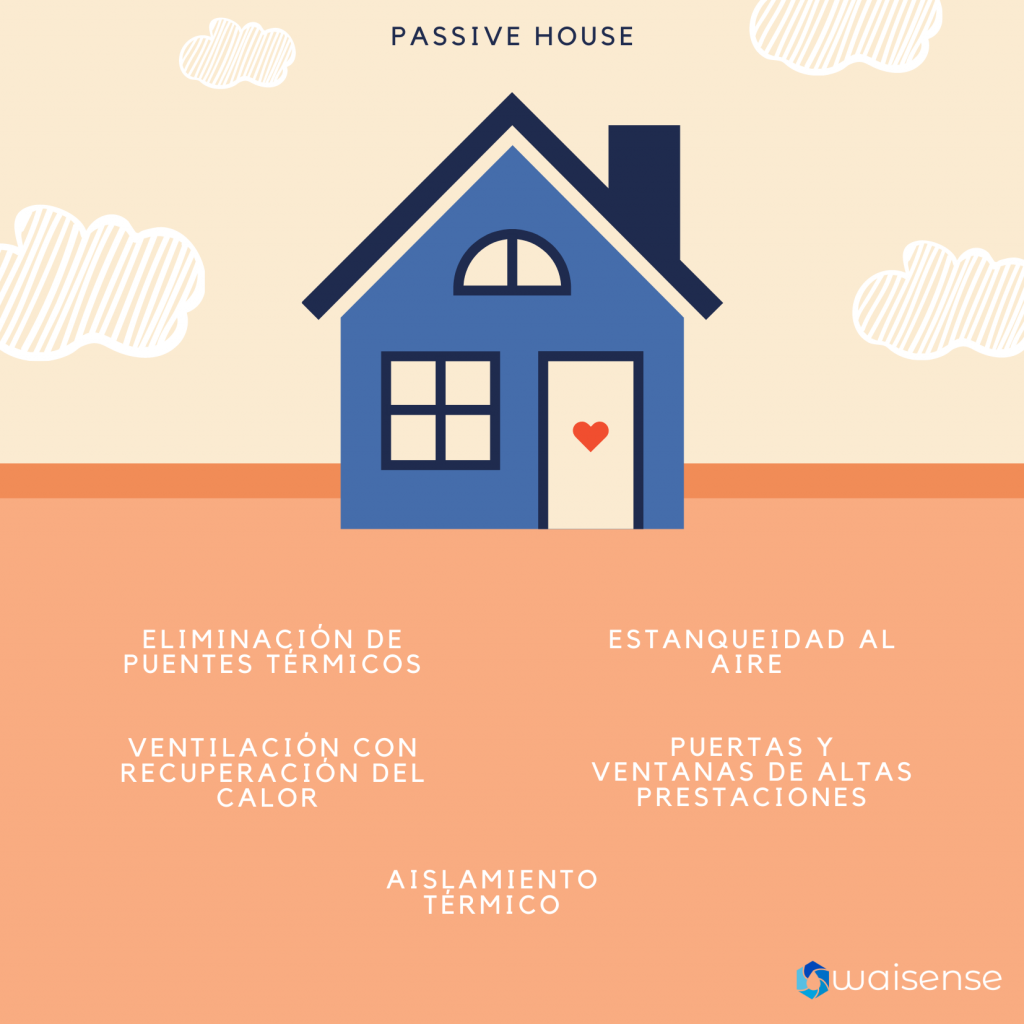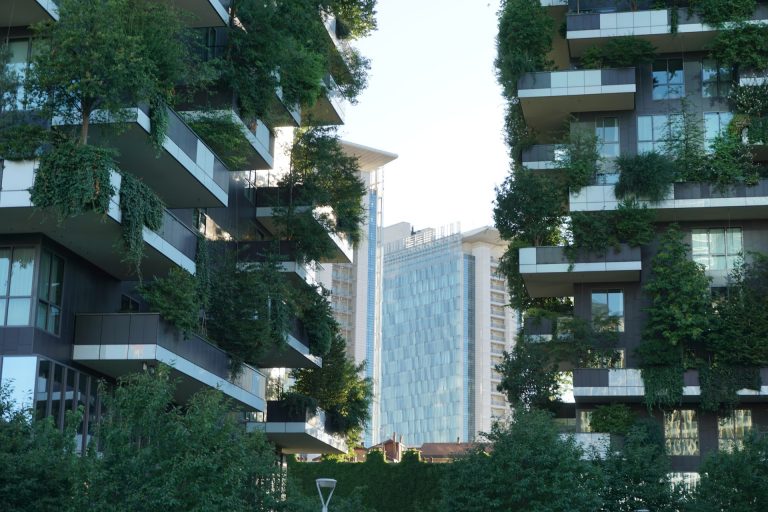
There are two major realities in our lives today: one is that technology is continuously present in our daily activity, to the point of making us dependent. And the other is that the demand for energy to generate it is having serious consequences for the environment. We are overexploiting natural resources and causing high greenhouse gas emissions. Passive House or Passivhaus, passive houses in Spanish, will help us to commit to energy efficiency and improve the conditions of our home, reducing energy consumption. How? What are they? What do they offer us? We are going to discover all this in our post, don’t miss it!
What is a Passive House?
Let’s start at the beginning, have you ever heard of Passive House? Passivhaus houses were developed in the 1980s in Germany with the aim of being more efficient and energy efficient houses. This construction model can avoid the use of heating or cooling systems in the house, which can result in both energy and cost savings.
What are the requirements of a Passive House?
We have the 5 keys that will help you get your Passive House:

The quality of the building envelope materials, both doors, windows and walls. Good insulating materials are a must to help save energy, as they help you maintain the temperature inside and insulate you from the outside.
Build with the right orientation to make the best use of natural resources.
Ventilation of the dwelling to control heat recovery. In this case, mechanical ventilation is the lung of the house, as it regenerates the indoor air. A mechanical exchanger is responsible for taking the outside air, tempering it and adapting it to the indoor temperature, as well as filtering the air.
Air tightness or airtightness of a building, which is the ability to block unwanted air infiltration.
Thermal bridges, defined as: “a point or linear area of the building envelope where heat is more easily transferred than in surrounding areas due to a variation in thermal resistance. This is a place where the insulating surface is broken”. It is important to be free of thermal bridges, and that any building element that meets another is as continuous as possible.
There are also aspects that should also be taken into account by tenants, such as wearing seasonally appropriate clothing and avoiding turning on the air conditioning.
Passive House experts say
At the end of the day it is a rational construction. Making the most of natural resources by trying to make houses much more insulating, trying not to lose energy inside.
How to get the passive house certificate?
The Passivhaus standard achieves highly energy-efficient buildings, as it is the most demanding standard in the world, and is more than 30 years old.
What is its main objective? To achieve a high level of comfort in the home environment, while consuming as little energy as possible. It is a building standard aligned with current climate needs, which offers a large reduction in energy consumption in homes.
It is the “iPHA”, International Passive House Association, which is in charge of carrying out this certification, as well as guaranteeing that the established requirements and limits are correctly met. These conditions are the ones we have mentioned in the previous point, which have been very well summarised in the image that accompanies our post.
In conclusion
We can conclude this post by stating that having good energy efficiency should be one of the priorities in our home. WAISENSE is the perfect complement to promote these savings, and it also scores points in obtaining some sustainability certificates.
And you, did you know about Passivhaus? Would you consider making changes to improve the efficiency of your home? Would you like to know more about WAISENSE and water saving? Would you like to have a passive house? Tell us in the comments!




